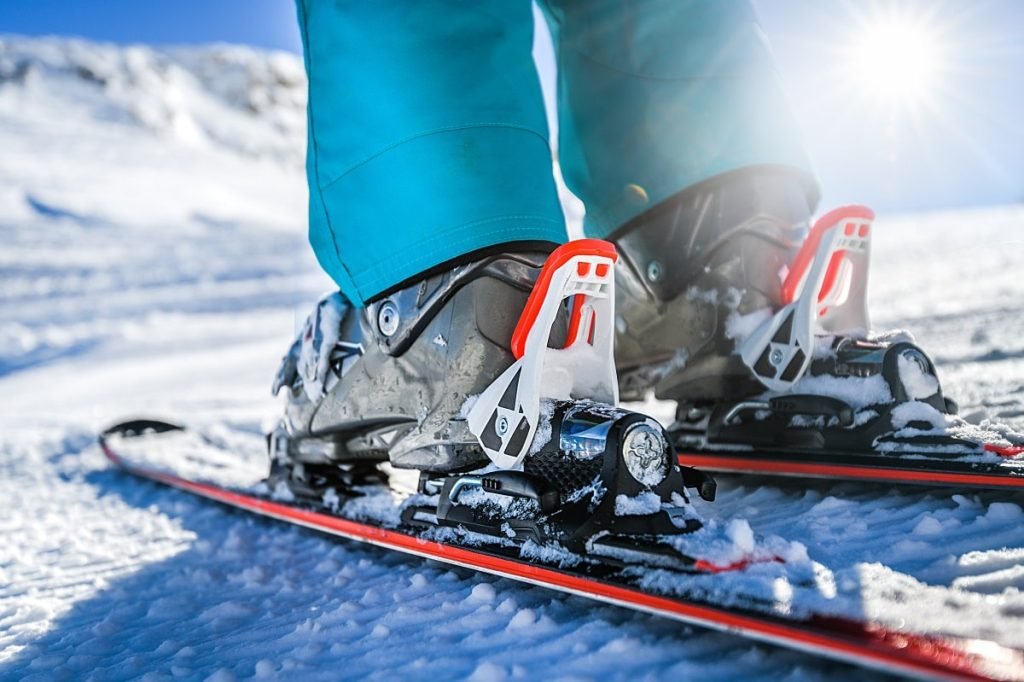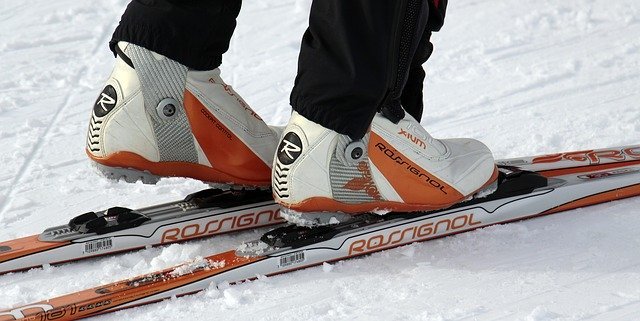Skiing is more than just a winter sport; it’s a dance with the mountains, a symphony of skill, gear, and terrain.
One crucial aspect that often gets overlooked in this ballet of snow is the seamless integration of skis with bindings.
In this guide, we’ll unravel the secrets behind achieving the perfect partnership between your skis and bindings, ensuring every turn and descent is a harmonious experience.
Choosing the Perfect Pair
Selecting the right skis and bindings is akin to choosing a dance partner. Skis with bindings must complement each other, offering a balance between control, responsiveness, and personal preference. Here’s a breakdown of the key factors to consider:
Ski Length and Type
Finding the right length for your skis is like finding the rhythm in a dance; it’s all about balance and comfort. Generally, your ski length should align with your height and skill level. Longer skis provide stability at high speeds, while shorter skis offer increased maneuverability.
Tip: Consider your skiing style. Freestyle enthusiasts may opt for shorter skis for agility, while those tackling steep slopes might prefer longer skis for stability.

Binding Compatibility
Just like a dancer’s shoes must match the dance floor, your bindings need to be compatible with your skis. Different brands and models may have unique mounting requirements, so always check compatibility before making a purchase.
Fact: Modern ski bindings come with various safety features, including release mechanisms that reduce the risk of injury during falls.
Skill Level
Whether you’re a novice or an experienced skier, your gear should align with your skill level. Skis and bindings designed for beginners offer forgiveness and ease of control, while advanced setups cater to the demands of seasoned riders.
Data: According to industry experts, using appropriate gear for your skill level can significantly enhance performance and reduce the risk of accidents.
Mounting with Precision
Now that you’ve found your ideal ski and binding pair, the next step is mounting them with precision. A poorly mounted setup can throw off your balance and compromise control. Follow these steps for a flawless mount:
Professional vs. DIY
Mounting skis with bindings is a delicate art, and while some experienced skiers opt for a DIY approach, it’s often advisable to seek professional assistance. Expert technicians use specialized tools and knowledge to ensure a secure and accurate mount.
Anecdote: I once attempted a DIY mount and ended up with an uneven setup. Lesson learned: leave it to the pros.
Center Mount vs. Traditional
The position of your bindings affects your skiing style. Traditional mounts place the bindings slightly behind the center, offering stability and control. Center mounts, on the other hand, are favored by freestyle skiers for increased maneuverability.
Tip: Experiment with different mounting positions to find what suits your style. Your perfect setup might be a personal blend of tradition and innovation.
Binding Adjustment
Regularly check and adjust your bindings to ensure they’re in peak condition. Changes in temperature, skiing style, and equipment wear can impact the binding’s performance.
Fact: The International Ski Federation (FIS) recommends having your bindings professionally inspected and adjusted at least once a season.


